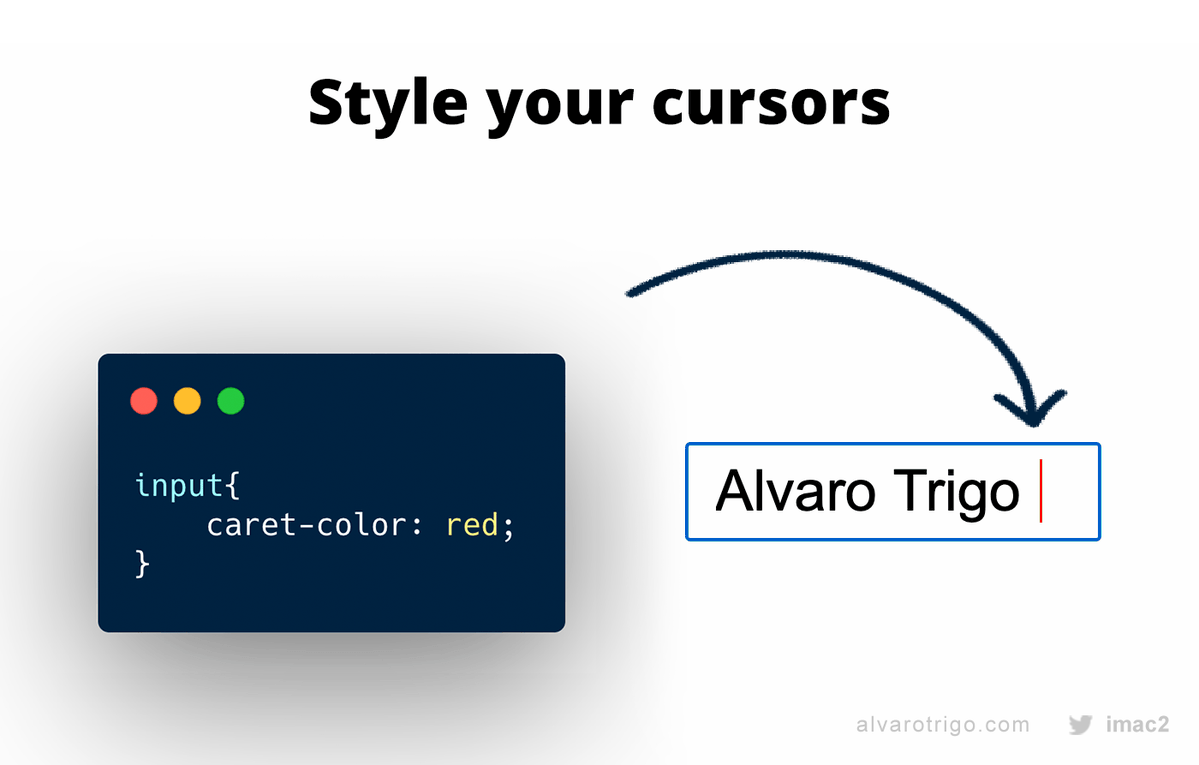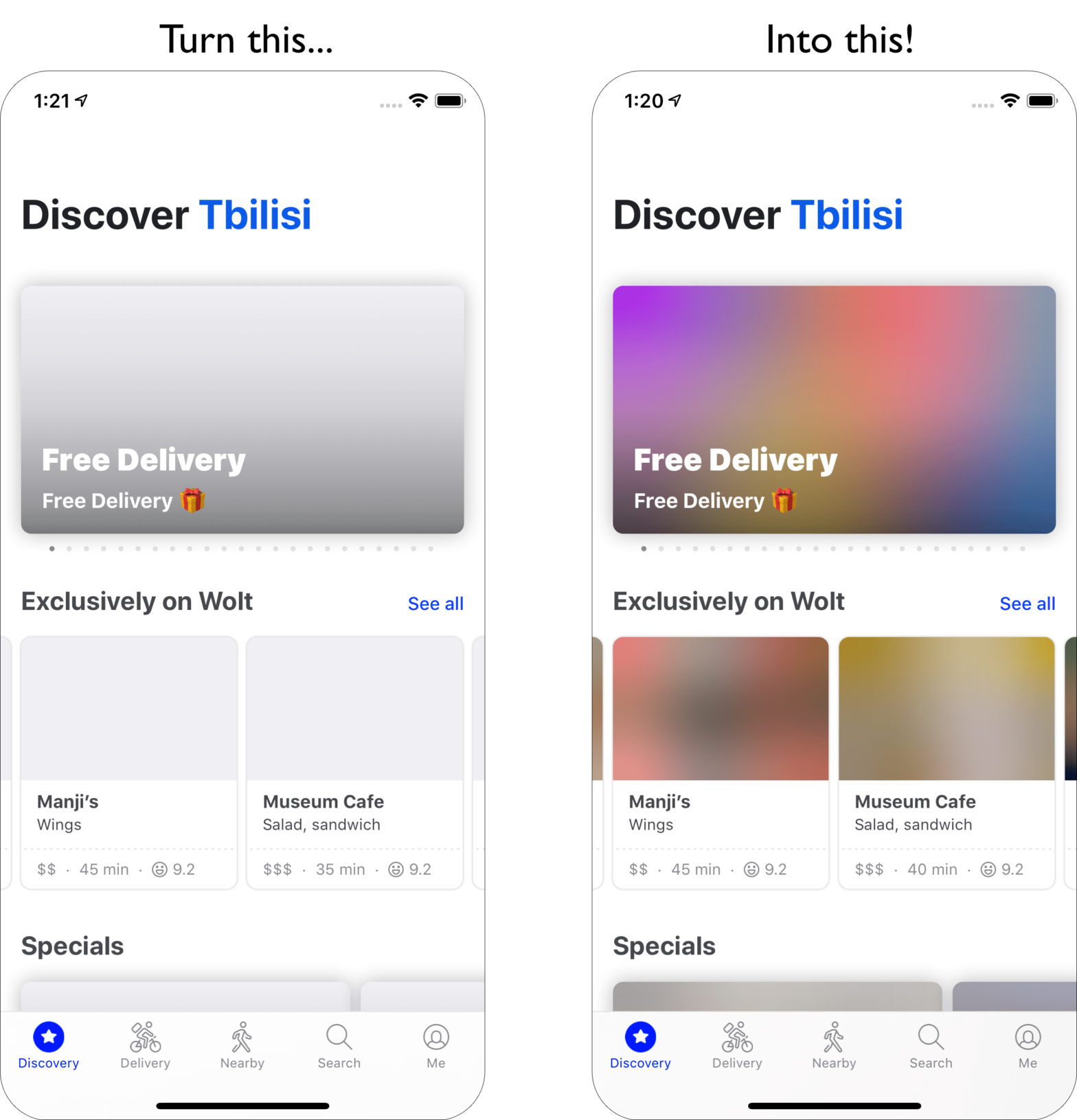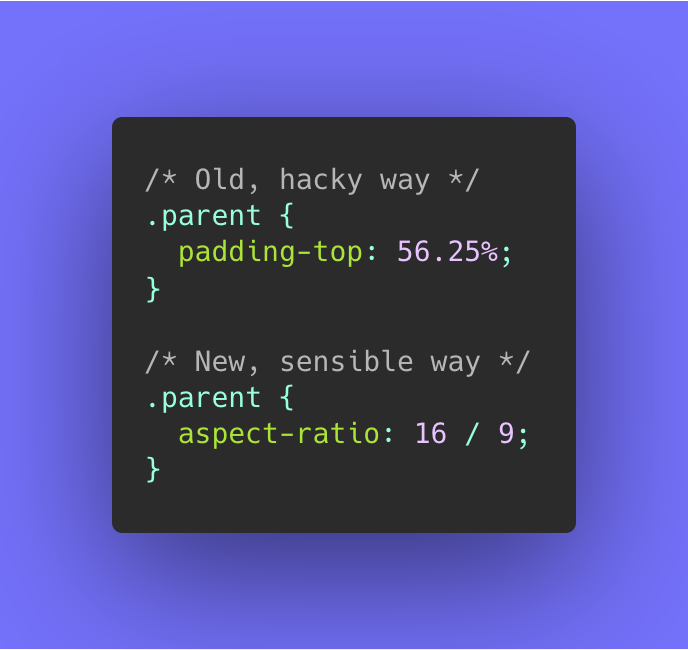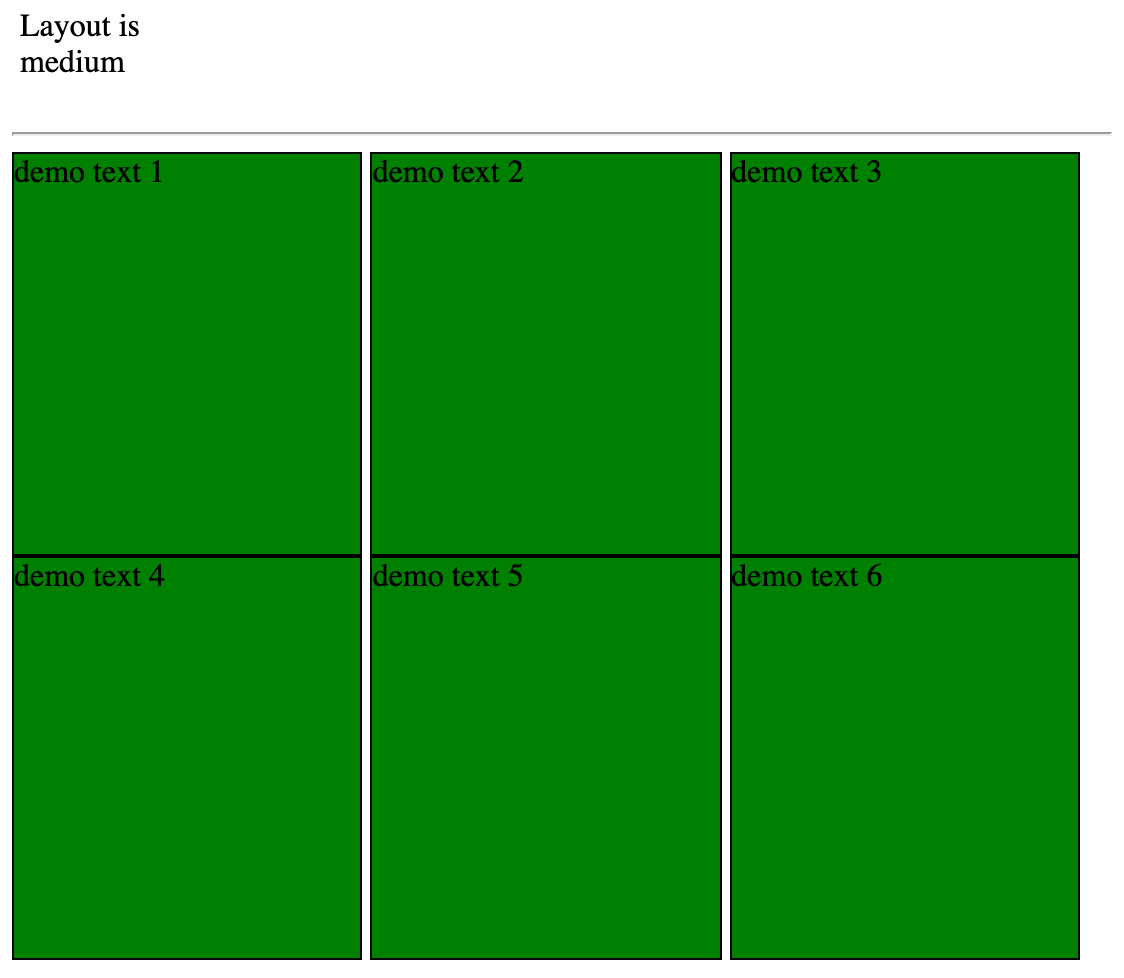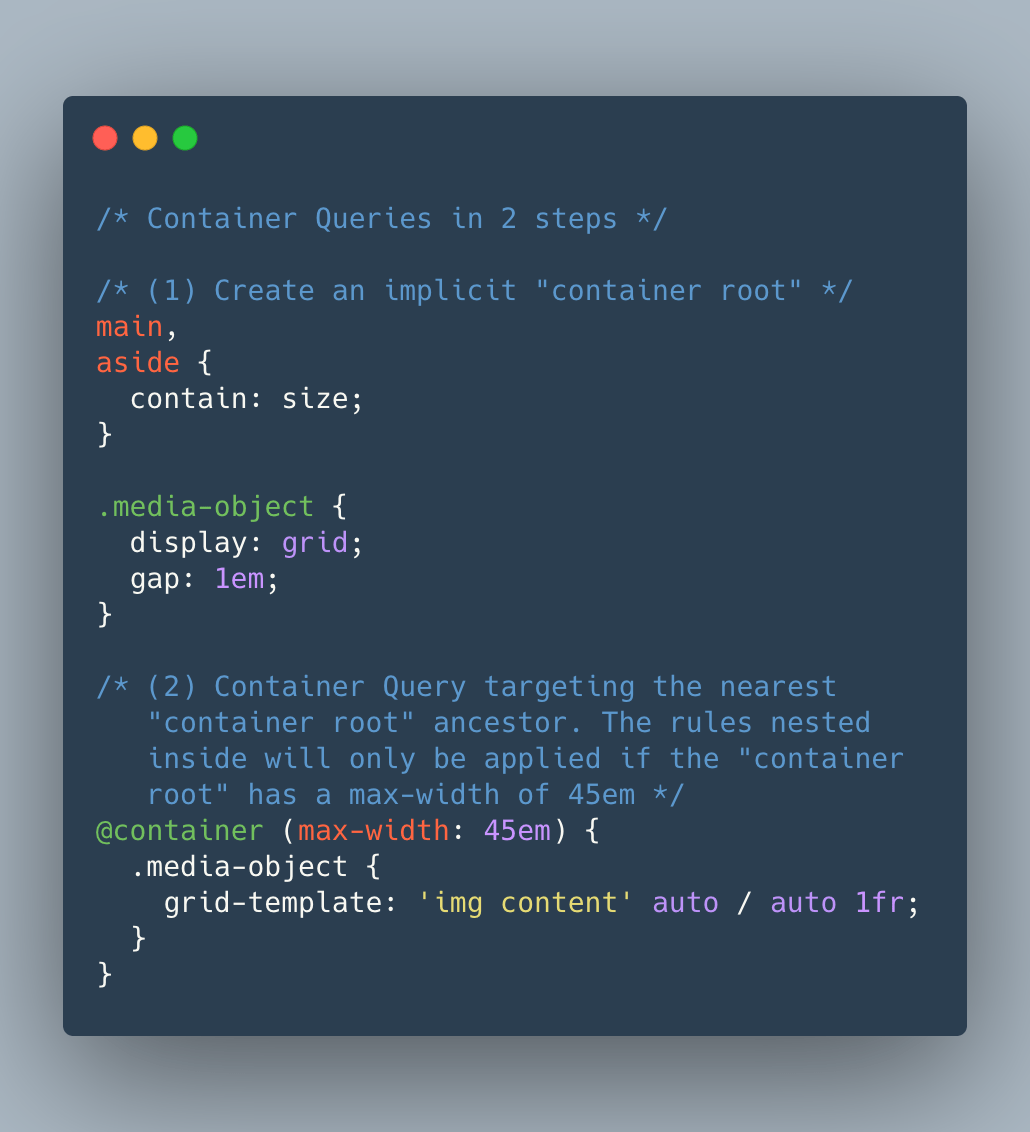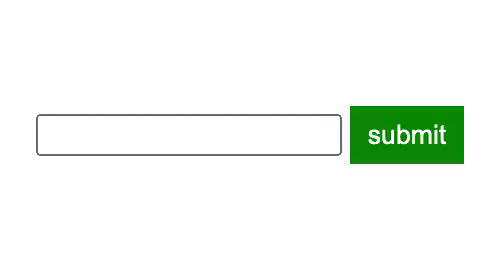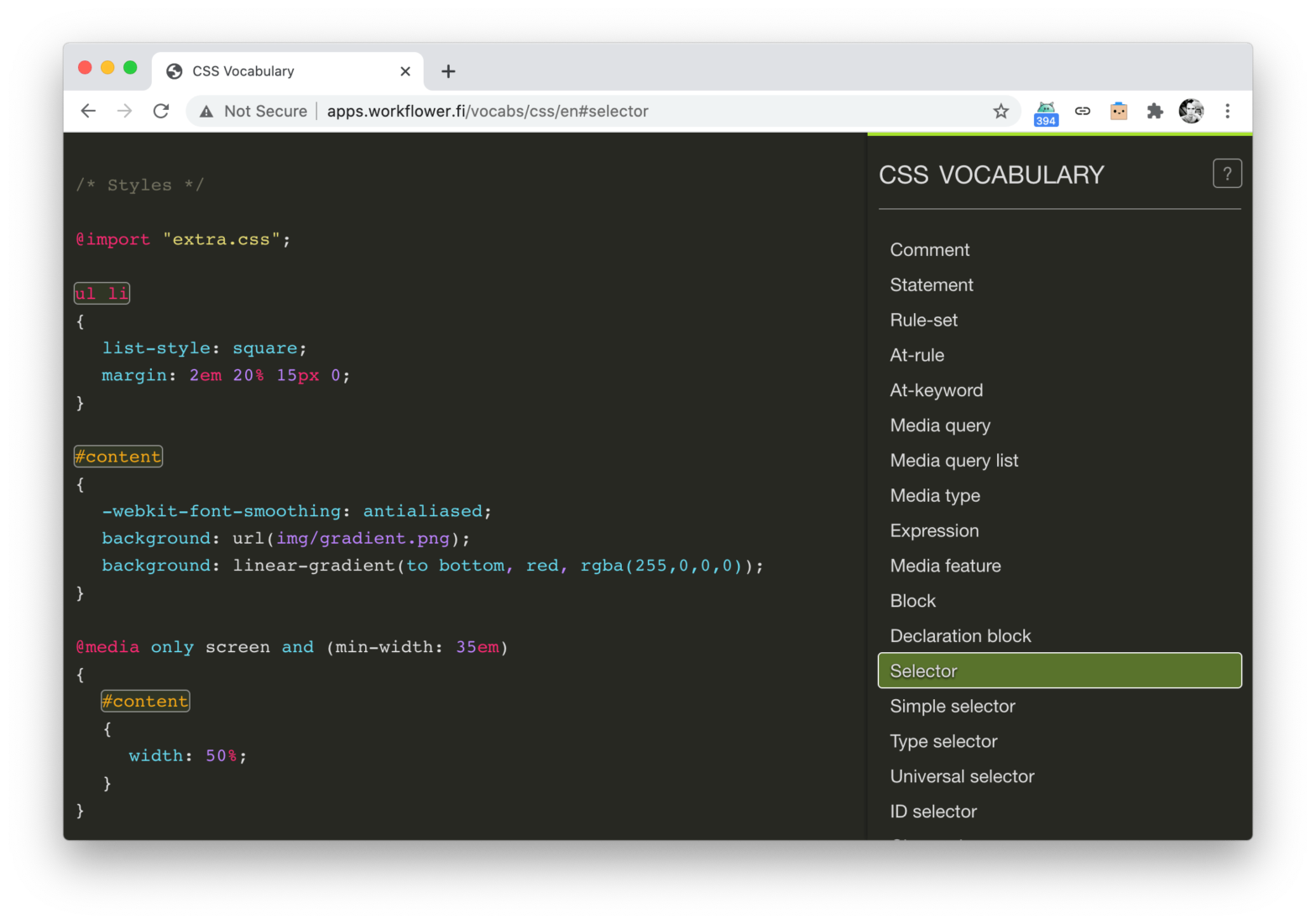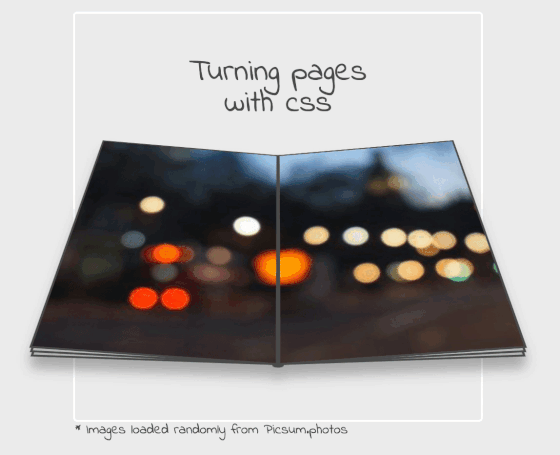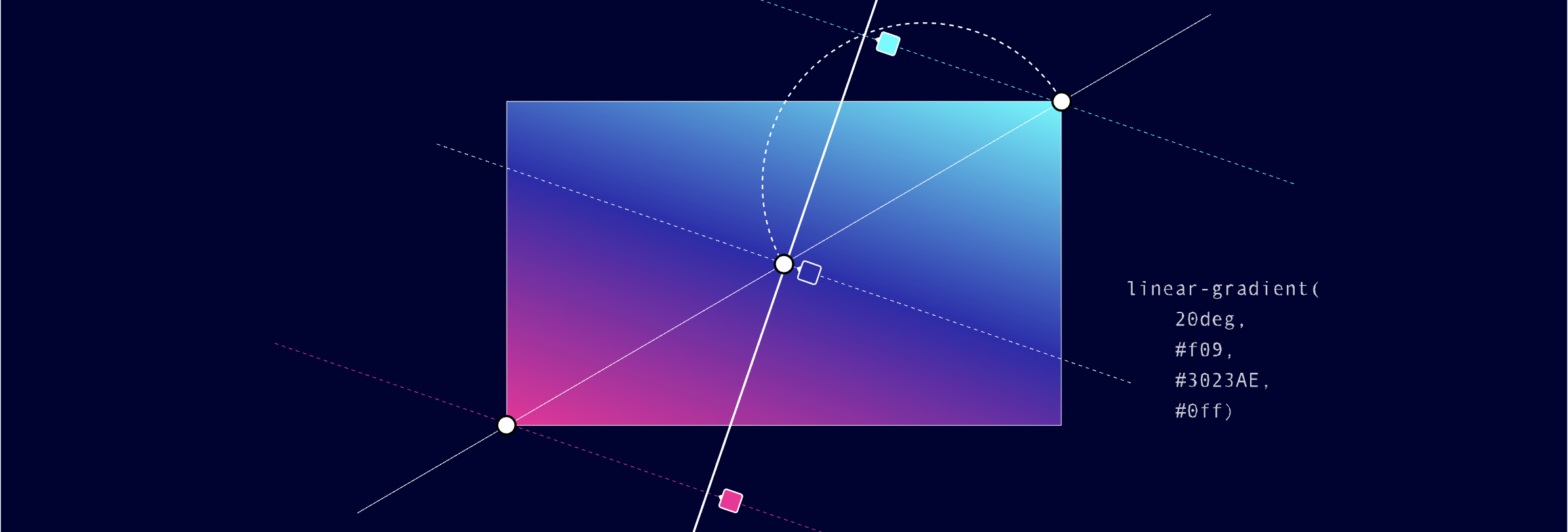
The results for The State of CSS 2020 are in! Forget everything you know about CSS. Or at least, be ready to reconsider a lot of it. If like me you’ve been writing CSS for over a decade, CSS in 2020 looks nothing like what you were used to. Instead of breakpoints, we can now …
